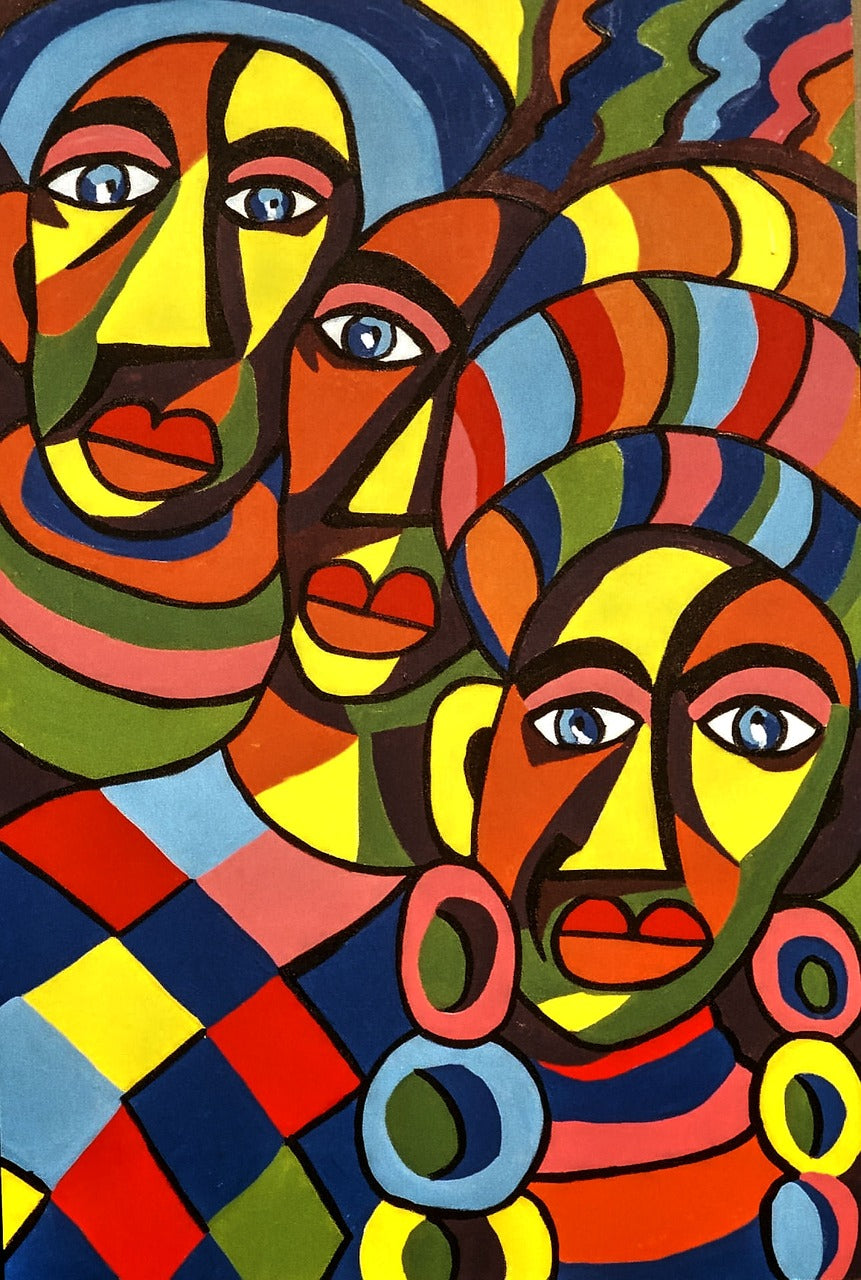
Many fascinating stories have been told through African culture. It has a rich history of artwork that spans centuries and has been used to tell the stories of its people in a variety of ways. Whether it is through masks, sculptures, or textiles, African artwork is an important part of the cultural identity of the continent.
African artwork encompasses a rich tapestry of cultures, histories, and narratives, each with its own unique stories to tell. From ancient civilizations to contemporary expressions, African art reflects a diverse range of themes and motifs, providing insights into the social, cultural, and spiritual aspects of African societies. Here are some of the many stories told through African artwork:
-
Mythology and Creation: African art often draws from mythology and creation stories. It depicts deities, spirits, and mythological figures that play significant roles in shaping the beliefs and values of various African cultures. These artworks narrate stories of creation, origin, and the interaction between humans and the divine.
-
Ritual and Ceremonial Practices: Many African artworks are associated with rituals and ceremonial practices. Masks, sculptures, and textiles are created for specific occasions such as initiation ceremonies, funerals, harvest festivals, and rites of passage. These artworks serve as visual representations of cultural traditions, spiritual beliefs, and communal rituals.
-
Historical Narratives: African art also carries historical narratives, documenting significant events, and commemorating important figures. Historical artworks often depict scenes of battles, migrations, royal courts, and the lives of influential leaders. They serve as visual records, preserving collective memory and honoring ancestral heritage.
-
Cultural Identity and Heritage: African art celebrates cultural identity and heritage. It reflects the diverse ethnic groups, languages, and traditions found across the continent. Artworks incorporate symbols, patterns, and iconography that convey specific meanings related to social status, lineage, clan affiliation, and personal identity.
-
Social Commentary and Critique: African artists have long used their creations as a means of social commentary and critique. Through their artwork, they address issues such as colonialism, political oppression, social inequality, and human rights. These artworks amplify marginalized voices, challenge power structures, and advocate for social justice.
-
Connection to Nature and Environment: African art often reflects the deep connection between humans and nature. Sculptures, masks, and paintings depict animals, plants, and natural elements, symbolizing the interdependence between people and the environment. These artworks convey the spiritual and ecological relationship that African societies have nurtured for centuries.
-
Personal Expression and Contemporary Issues: Contemporary African artists use their artwork to express personal experiences, perspectives, and responses to modern-day challenges. They tackle issues such as urbanization, globalization, gender, and identity. Through various mediums like painting, sculpture, photography, and mixed media, artists create narratives that reflect the complexities of African societies today.
It's important to note that Africa is a vast and diverse continent with numerous artistic traditions, each with its own distinct stories and contexts. The stories told through African artwork vary greatly across regions and cultures, showcasing the richness and diversity of African artistic expressions.
